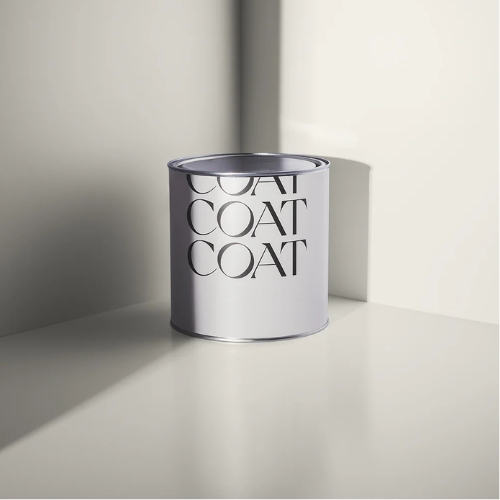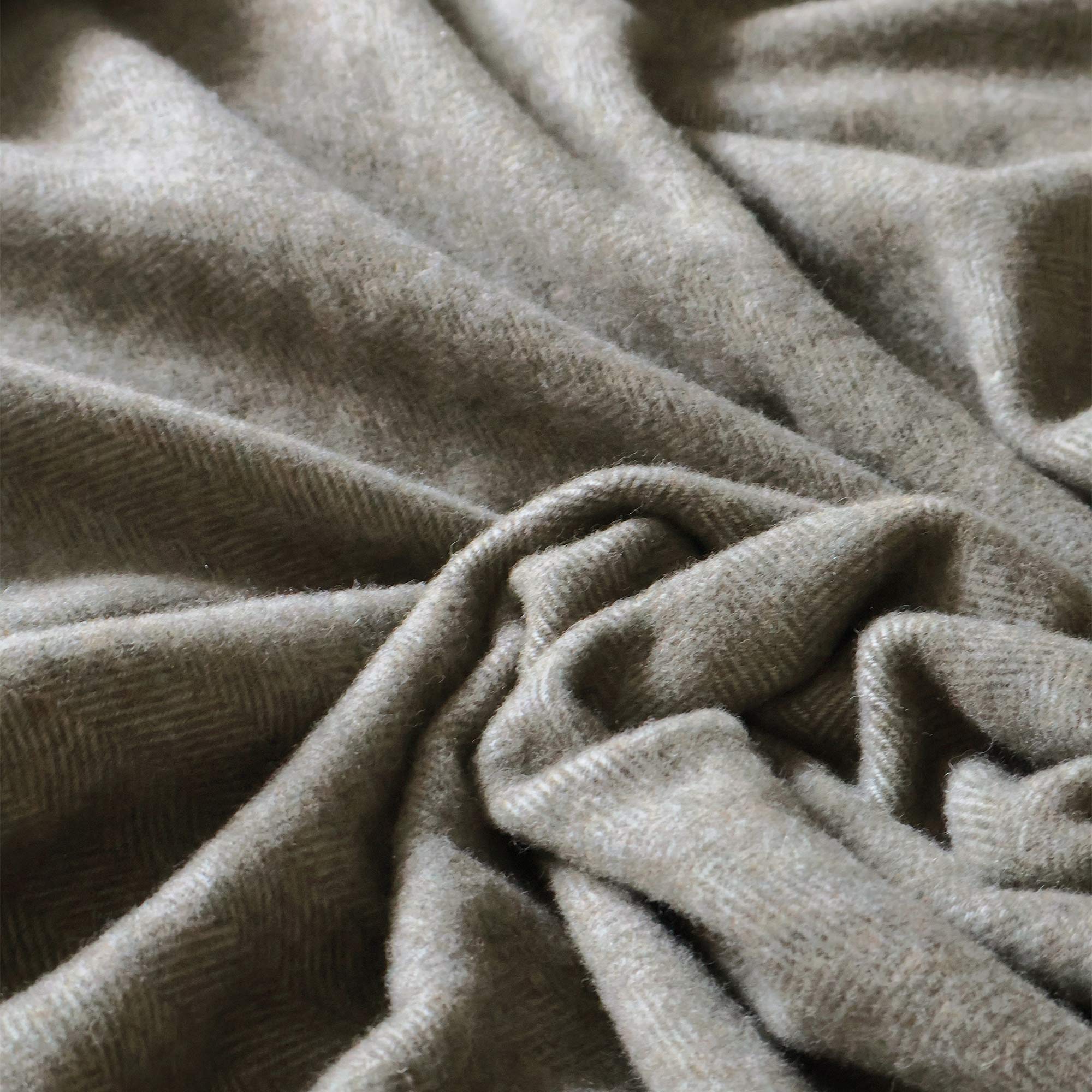Here's How to Coordinate Paint Colors Throughout Your Home, so That It Looks Cohesive, Curated, but Still Creative
A home's color palette doesn't need to be rigid, but it should be planned
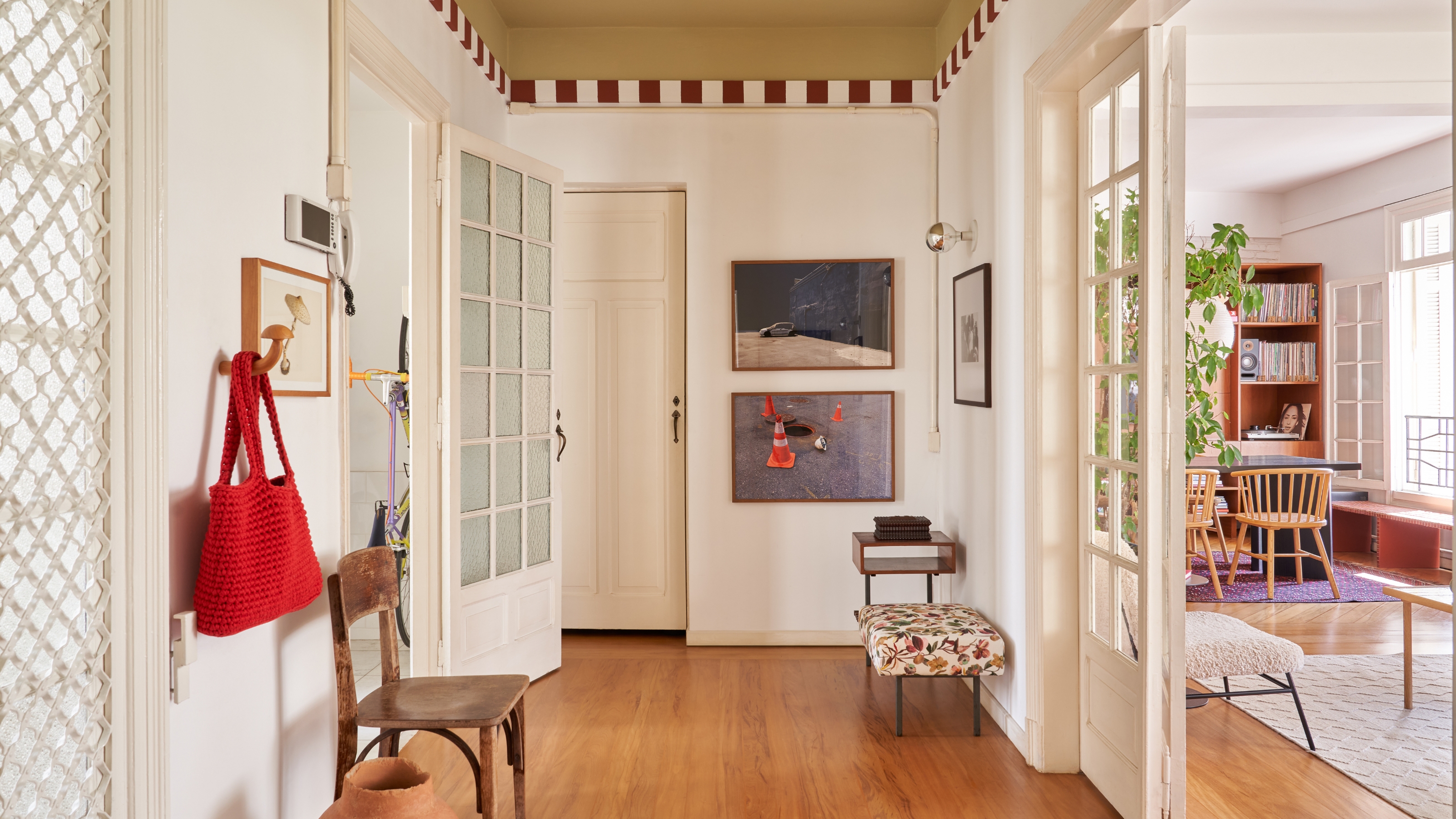

Unless you're an interior designer, even the thought of taking a home from a blank slate to something beautiful can be intimidating. Where do you begin? How can you transform a Pinterest board into a cohesive plan? I asked the professionals, and they all said the same thing: it starts with knowing how to coordinate paint colors throughout a house.
While your choice of colors doesn't have to (and really shouldn't) follow a rigid scheme, creating a color palette will help ensure everything feels cohesive. "Paint colors throughout a house should almost never match exactly, but they should complement each other," says color expert Jane Boddy, a forecaster at the Pantone Color Institute.
Her best advice? Create a color palette of three to five colors that will flow between the spaces. This will help you decorate with color more intentionally and make picking shades less scary. Below, I've broken down how to coordinate paint colors throughout a house in more detail.
Where to Begin When Coordinating Paint Colors Throughout A House
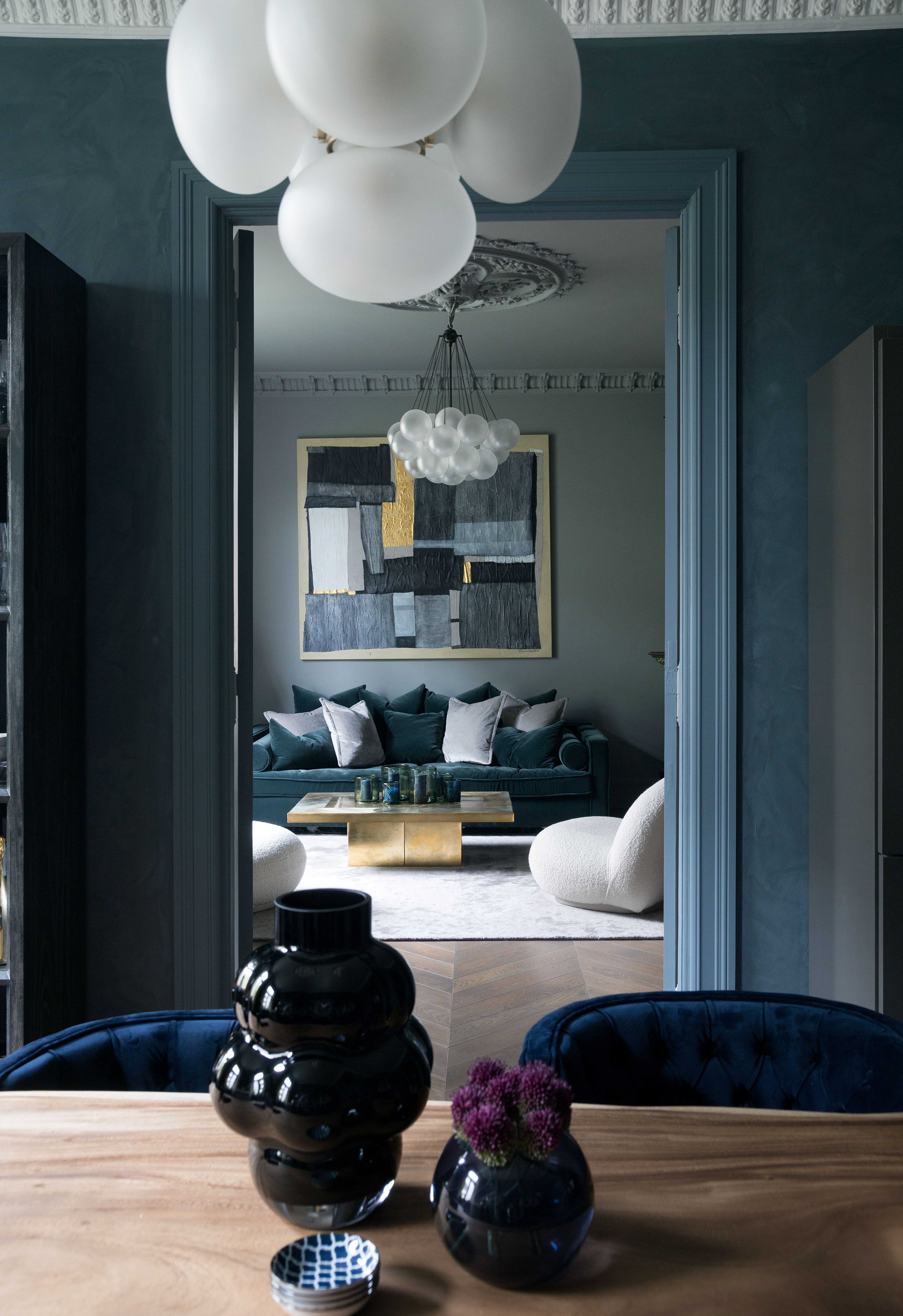
You can even use the same colors in slightly darker tones to create a color drenched effect throughout multiple rooms.
Paula Taylor, senior stylist and trend specialist at Graham & Brown, says, "Let one room 'lead' the palette, often the entryway or living room works well for this, and let other rooms branch off with variations."
Find the undertone the paint color and keep the rest of the palette in the same undertone family (cool or warm) to keep the look cohesive throughout the space. "That way you can combine neutrals with a range of colors that pair with each other nicely," adds Paula.
But remember, having a set color palette doesn't mean everything is supposed to be matchy-matchy. In fact, making a space too coordinated is an outdated color rule in 2025.
Instead, "Homes are becoming more expressive, room by room," says color expert Jane Boddy. Each space should have its own rhythm, with color palettes linked by mood, material, and tone, rather than repetition.
The Livingetc newsletters are your inside source for what’s shaping interiors now - and what’s next. Discover trend forecasts, smart style ideas, and curated shopping inspiration that brings design to life. Subscribe today and stay ahead of the curve.
A home's color palette doesn’t need to be rigid. "A loose palette built around shared qualities — like earthiness, softness, or subtle shine — creates cohesion without uniformity," adds Jane.
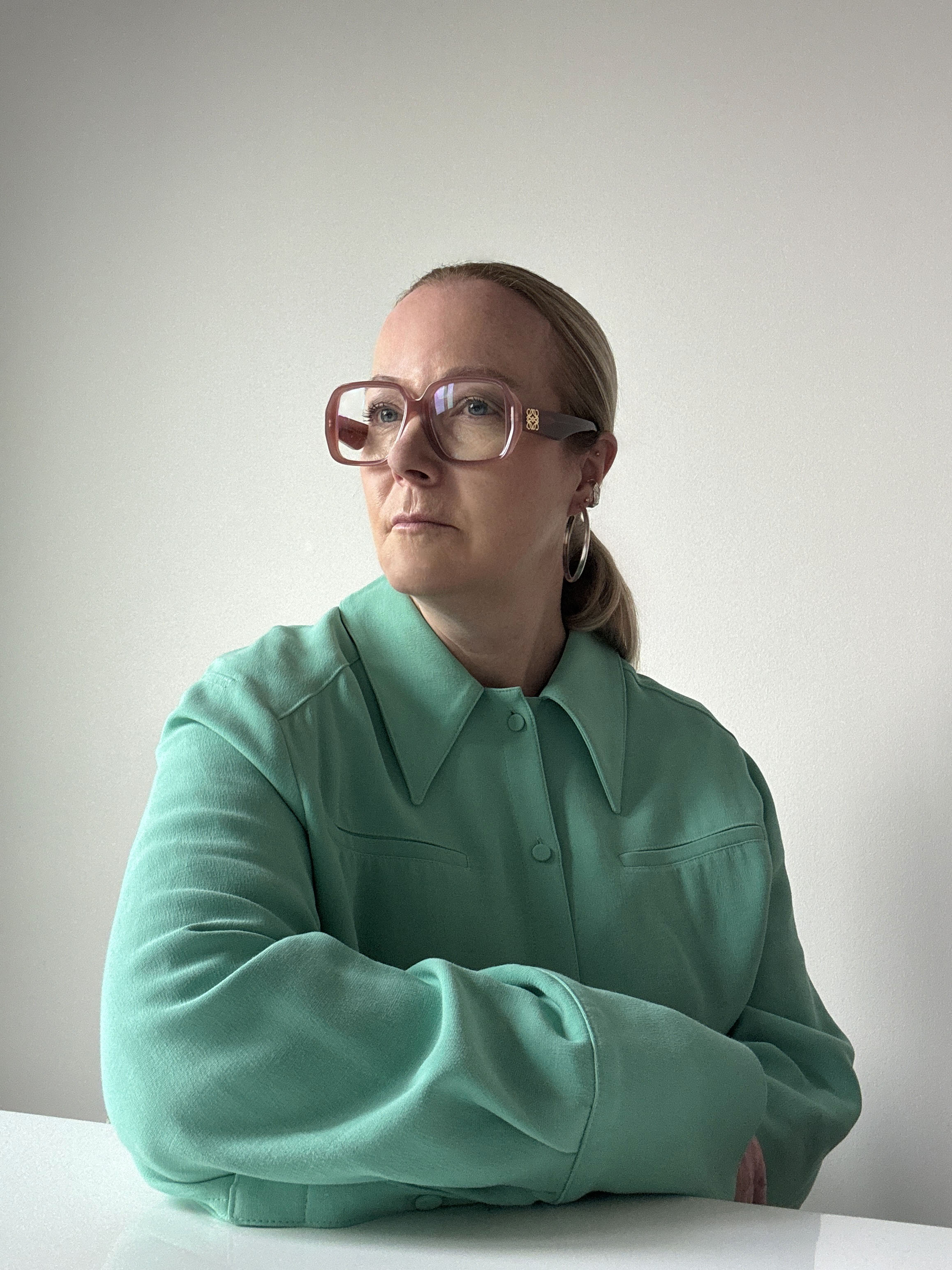
A pivotal figure at the Pantone Colour Institute, Jane contributes to trend publications and serves as the European Creative Director for Pantone’s Interiors annual trends publication, Pantone View Home and Interiors. Her approach to forecasting color focuses on observing current events and cultural trends to understand how perceptions of color are evolving.
How to Coordinate Paint Colors Between Rooms
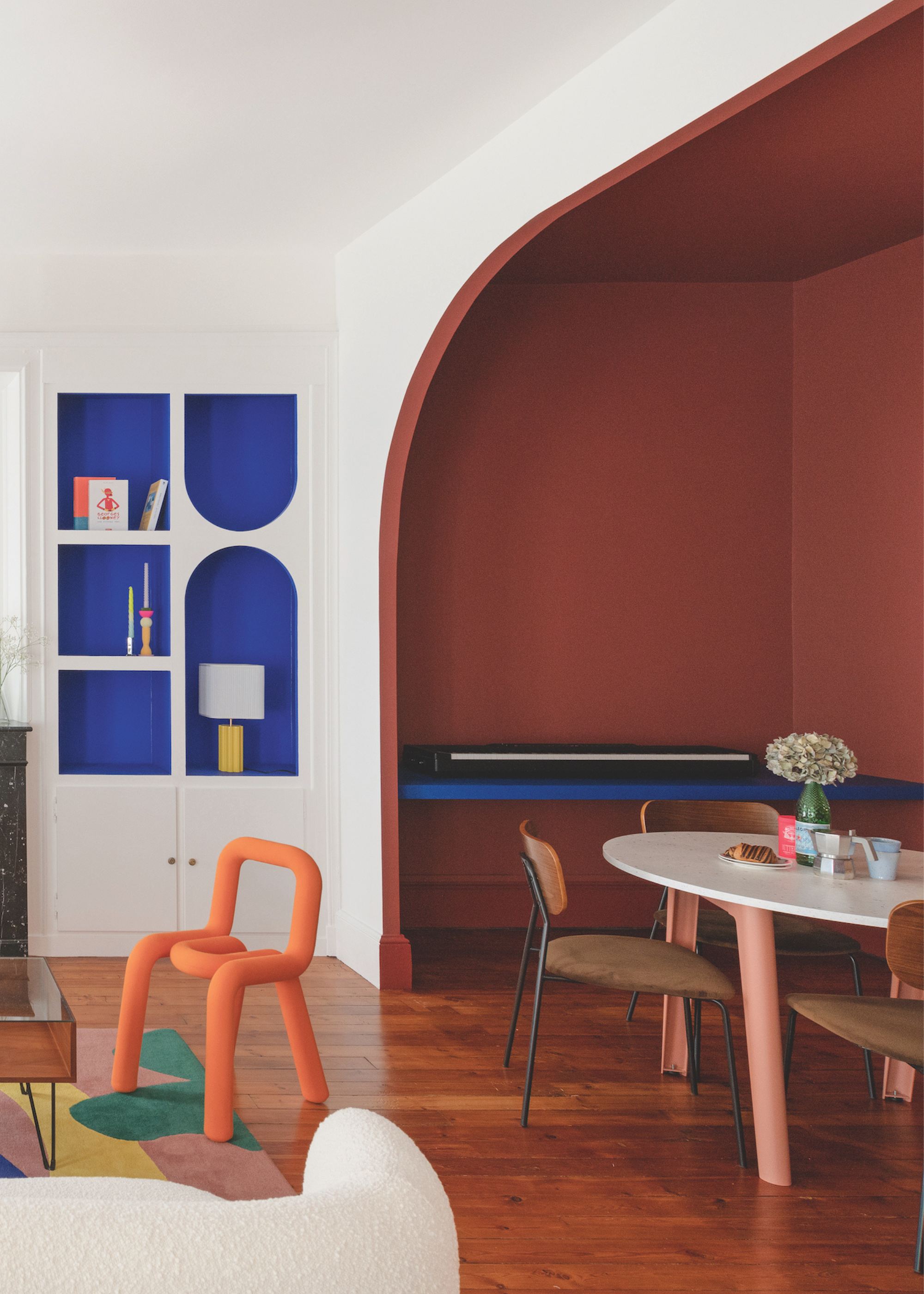
Implementing high contrast paint colors in adjoining rooms creates a beautiful visual treat.
The common question that comes up when coordinating paint colors throughout a house is whether rooms that run together need to match or not. And just like how the entire palette should be a breezy combination, Paula says, "Adjoining rooms don’t need to match, but they should transition smoothly."
For that, "I’d recommend using techniques like matching your ceiling and trim color, or using the same trim color or ceiling color across rooms to tie them all together even if the wall color differs," says Paula.
The main thing to remember is that there is no need to shy away from color and whimsy; it just requires a cohesive core. "Try mixing colors across textures to include wallpaper trends and soft furnishings to bring the space together harmoniously," Paula adds.
Side-by-side rooms should move smoothly from one to the next. The transition, as well as creating balance in interior design, are everything.

Paula is the senior stylist and trend specialist at Graham & Brown. Graham & Brown is a family-run, UK-based paint and wallpaper company that was founded in 1946. Graham & Brown offers new and exciting patterns every year, working on vibrant color palettes, adding exquisite elements, and expanding into soft furnishings and textiles.
How to Tie the House Together With Color
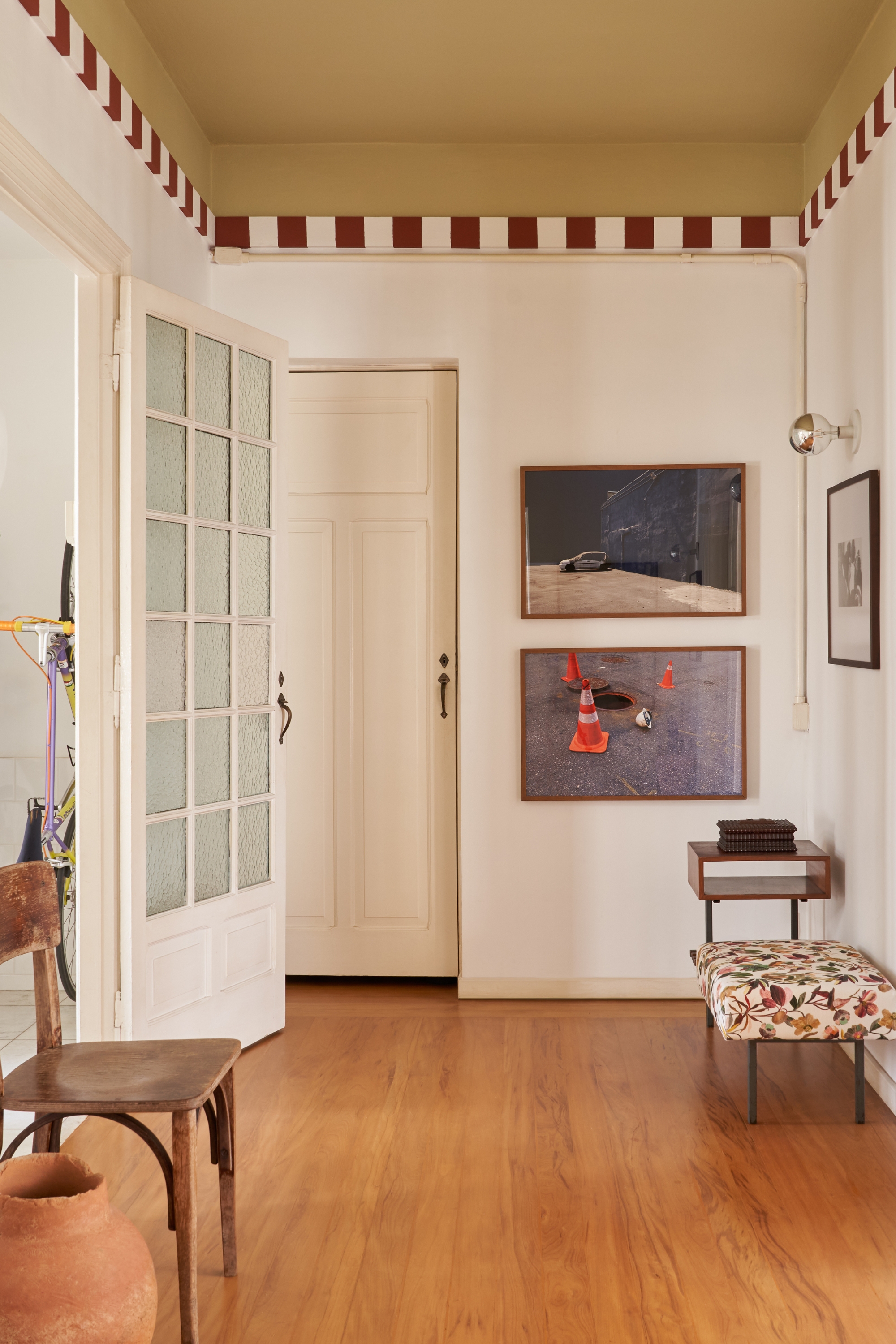
Adding color to your ceilings is a great way to make a house with a more neutral color scheme feel more coordinated and personal.
It's easier to plan paint colors from room to room, but zooming out to consider the whole house is where perspective can be more easily lost. However, there are a few rules that should help guide you.
For example, "Color zoning allows you to pull the wall color in one room and match this to a curtain, blind or soft furnishing in another area of the house," says Paula.
Color theory will also help you. Entryways should be warm and inviting, allowing you to create a sense of calm in the home. Whereas, "You can use neutrals in living rooms and bedrooms for something less distracting," says Paula.
And once again, a single trim color throughout is one of the easiest ways to tie your house together. To implement a bit more character, you could use different paint finishes for trims, such as mixing a gloss or matte.
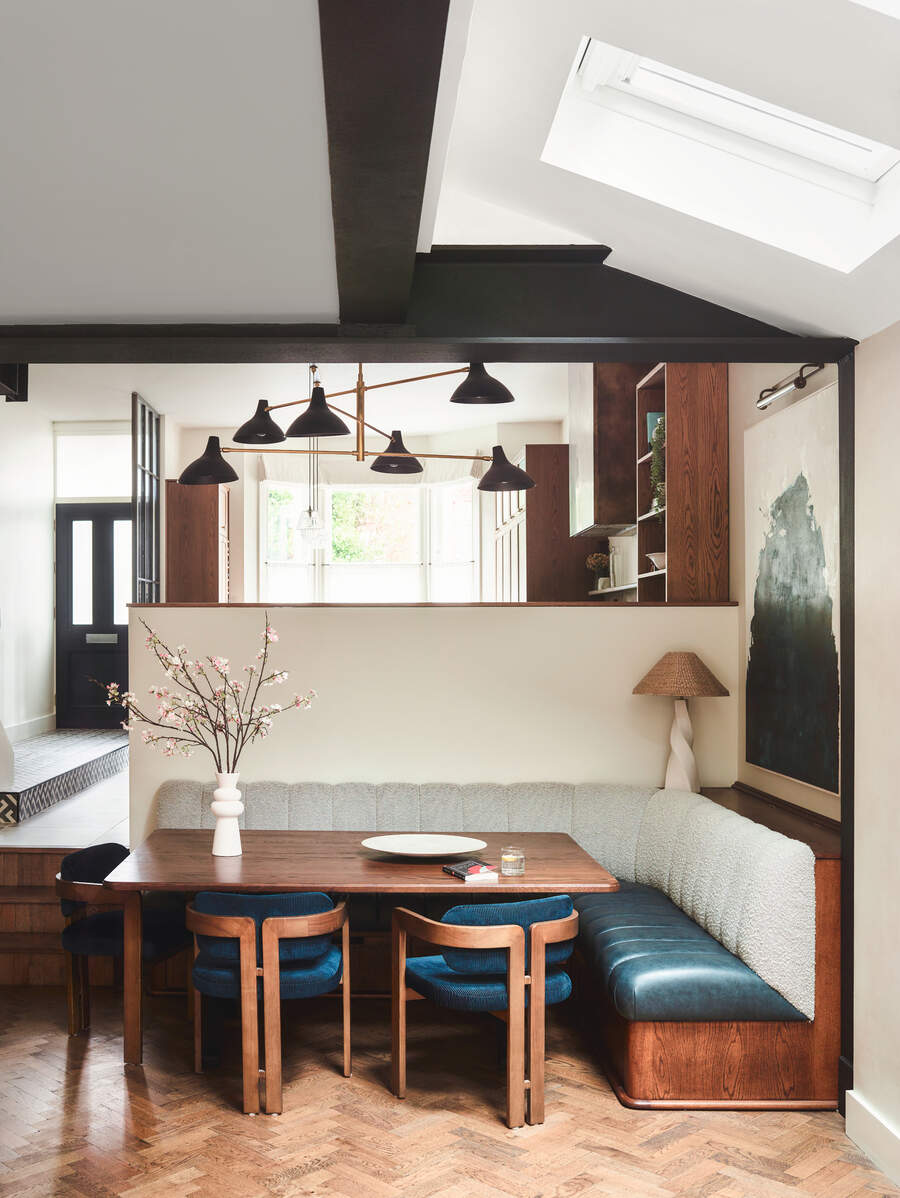
The black trim makes this open-concept dining room and kitchen feel like one continual space.
So, when it comes to coordinating paint colors throughout a house, do all your paints need to match? The short answer is no. But, "They should feel like they’re in conversation through shared warmth, depth, or tone," says Jane.
An easy way to do this is to use the latest color trends to guide your decisions, and the rest will fall into place.

Olivia Wolfe is a Design Writer at Livingetc. She recently graduated from University of the Arts London, London College of Communication with a Masters Degree in Arts and Lifestyle Journalism. In her previous experience, she has worked with multiple multimedia publications in both London and the United States covering a range of culture-related topics, with an expertise in art and design. At the weekends she can be found working on her oil paintings, reading, or antique shopping at one of London's many vintage markets.

